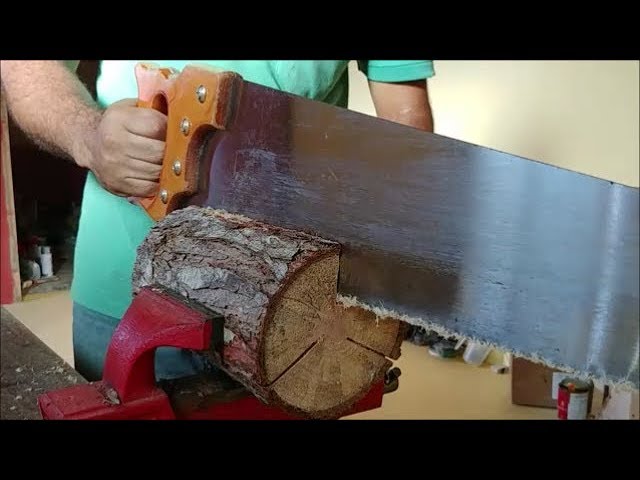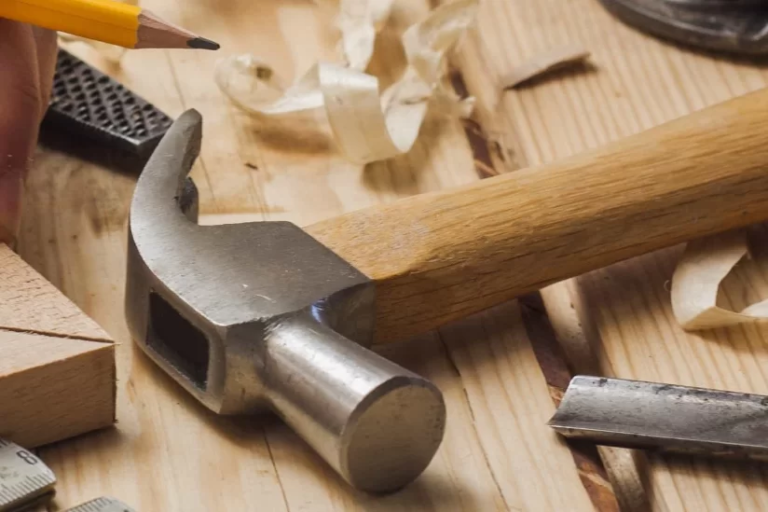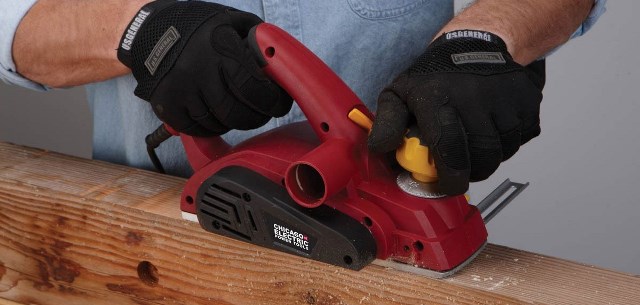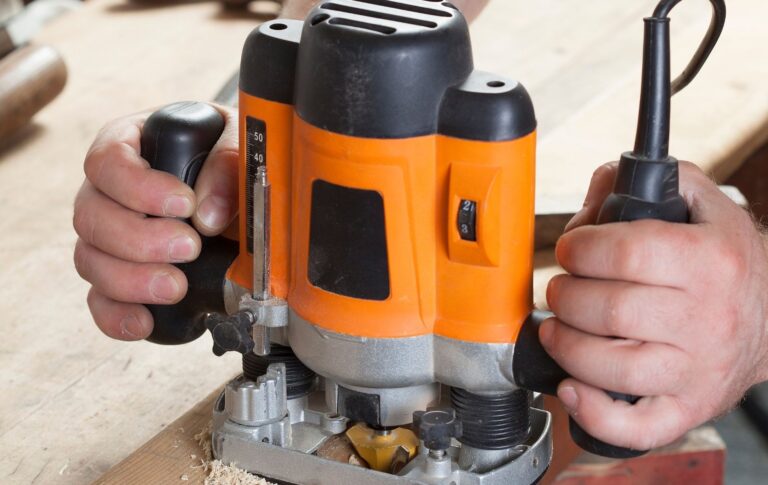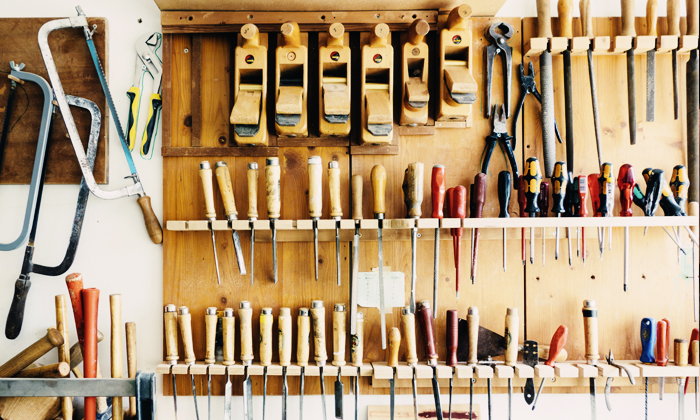Saws: Choosing the Right Saw for Every Cutting Task
Choosing the correct saw is extremely important to ensure accurate and efficient cutting in different types of tasks. Whether for carpentry work, carpentry or even cutting metals and plastics, the appropriate selection of the saw can make all the difference in the final result. In this article, we will explore the different types of saws available on the market, the characteristics of each one, the factors to consider when choosing and recommendations for each type of cutting task.
Table of Contents
Types of Saws
There are several types of saws available on the market, each with its specific characteristics and uses.
Crosscut saws are designed to cut wood along the grain, providing smoother, more accurate cuts. They have sharp, spaced teeth that guarantee a clean cut, preventing the wood from crumbling. They are ideal for making fine and precise cuts in materials such as plywood and MDF.
Rip saws , in turn, have larger and more widely spaced teeth, designed to cut wood in a direction perpendicular to the fibers. They are ideal for fast and efficient cuts in hard materials such as solid wood.
Japanese saws are known for their impeccable sharpness and precision. They have very thin blades and hardened teeth, which gives them the ability to make extremely fine and delicate cuts in different materials. They are widely used in Japanese woodworking and are ideal for cutting thin wood, fittings and decorative details.
In addition to these types, there are also special saws designed to cut specific materials, such as metals and plastics. These saws have characteristics and blades suitable for each type of material, providing clean and precise cuts. They are a great option for those who work with different materials and need specialized tools.
It is important to highlight that choosing the ideal saw will depend on the type of work that will be carried out. Therefore, it is essential to analyze the specific needs of each cutting task and select the most suitable saw to obtain the desired results.
Factors to Consider When Choosing a Saw
When it comes to choosing the right saw for each cutting task, it’s important to take a few key factors into consideration. After all, choosing the wrong saw can compromise the efficiency and quality of the work.
One of the main factors to be considered is the type of material to be cut. Saws suitable for wood may not be best suited for cutting metals or plastics. It is crucial to choose a saw with appropriate teeth for each type of material, thus ensuring efficient and precise drilling.
Another important factor is the thickness of the material . There are specific saws designed to cut thicker materials, while others are better suited for cutting thinner materials. Therefore, when choosing a saw, it is essential to consider the thickness of the material that will be cut, to ensure a satisfactory final result.
The desired finish should also be taken into account when choosing a saw. Some saws are ideal for providing more accurate and clean cuts, while others are better suited for quick cuts in rougher materials. Therefore, it is important to define the type of finish desired before selecting the most appropriate saw for the task.
Furthermore, the user’s experience and skill are essential factors when choosing a saw. More advanced saws, such as Japanese saws, may require more skill and practice to handle correctly. Therefore, it is important to consider the user’s level of experience and choose a saw that suits their ability to avoid difficulties or accidents during use.
By taking these factors into account, it will be possible to choose the correct saw for each cutting task, ensuring efficiency, precision and safety. Therefore, take the time to analyze all of these variables before making your decision. Remember that choosing the right saw can make all the difference in your cutting projects.
Recommended Saws for Different Tasks
When choosing the right saw for each cutting task, it is important to take into account the material that will be cut, the thickness of that material, the desired finish and also the user experience. Based on these factors, it is possible to indicate the most suitable saws for each type of cut.
Softwood Cutting
For cutting soft wood, such as pine or plywood, a rip saw is a great option. This type of saw has sharp, spaced teeth, which facilitates quick and precise cutting in this type of material. Furthermore, the rip saw is also suitable for making longitudinal cuts.
Hardwood Cutting
For cutting hard wood, such as ipê or oak, the cross-cutting saw is the most recommended. This is because this type of saw has sharp and alternately inclined teeth, which makes cutting this type of more resistant material easier. The crosscut saw allows for more precise cuts and prevents the wood from chipping during cutting.
Metal Cutting
To cut metals, such as iron or aluminum, it is necessary to use a special saw for this purpose. Metal saws have thinner and more cutting teeth, as well as a more resistant structure. These saws are ideal for making precise and clean cuts in metallic materials, avoiding damage and deformation.
Plastic Cutting
When cutting plastics, it is important to use a saw with wider-spaced teeth and a more flexible blade. This is because plastics tend to be more malleable and less resistant than other materials. The ideal saw for cutting plastics is the one with a thinner blade, allowing smooth cuts without damaging the material.
Tube and Pipe Cutting
To cut tubes and pipes, it is recommended to use a saw specialized in this type of task. Saws for tubes and pipes have a specific structure to fit and cut these cylindrical materials with precision. These saws are more resistant and have finer teeth, allowing clean cuts without damaging the piece.
In summary, when choosing the right saw for each cutting task, it is important to consider the type of material, thickness, desired finish and user experience. Furthermore, it is essential to use suitable saws for each type of cut, such as rip saws for soft wood, cross cut saws for hard wood, special saws for metals, saws for plastics and saws for tubes and pipes. . Experimenting and practicing with different saws and cutting techniques is essential to find the ideal saw and obtain increasingly better results.
Care and Maintenance
When choosing the right saw for each cutting task, it is also important to pay attention to the proper care and maintenance of this tool. After all, by keeping the saw in good condition, you guarantee its durability and efficiency over time.
One of the first precautions you should take with your saw is cleaning it after use. Removing wood, metal or plastic residue left on the blade prevents the accumulation of dirt and premature wear of the tool. To do this, use a soft bristle brush and running water to remove debris.
Another important point is the correct sharpening of the blades. A saw with a dull blade not only makes cutting difficult, but can also damage the material being worked on. Try to use a saw sharpener or, if you prefer, use the services of a specialized professional to carry out the sharpening.
Furthermore, it is essential to consider proper storage of the saw. Keeping it in a dry place protected from humidity and direct exposure to the sun, as well as on an appropriate support that prevents the blade from coming into contact with other tools, are essential measures to preserve the quality of the saw.
Therefore, by taking care of and keeping the saw in good condition, you guarantee its efficiency and durability over time. Don’t forget to clean it after use, sharpen the blades correctly and store it properly. This way, you will always have a saw ready to make excellent cuts and obtain good results in your tasks.
Conclusion
Choosing the correct saw is essential for the good performance of cutting tasks. As we have seen throughout this article, there are several types of saws available on the market, each with its own specific characteristics and uses.
It is important to consider some factors when choosing the appropriate saw, such as the type of material to be cut, the thickness of the material, the desired finish and the user’s experience and skill. Each type of saw has its advantages and disadvantages, and it is necessary to evaluate these factors to obtain the best results.
For soft wood, rip-cut saws are recommended, while for hard wood, cross-cut saws are more suitable. To cut metals, plastics, tubes and pipes, there are special saws developed specifically for these purposes.
Caring for and maintaining the saw are also essential aspects to ensure its durability and good results. After use, it is important to clean the saw and keep its blades sharp. Additionally, proper storage is crucial to prevent damage and ensure the integrity of the saw.
In short, choosing the right saw is crucial to ensuring accurate and efficient cutting. It is essential to know the characteristics and uses of each type of saw, consider relevant factors, such as the material to be cut and user experience, and always seek experimentation and practice to find the ideal saw. With all this information in mind, you will be prepared to successfully complete your cutting projects.

